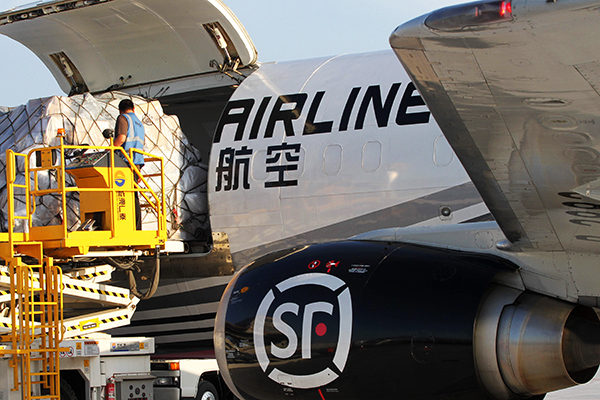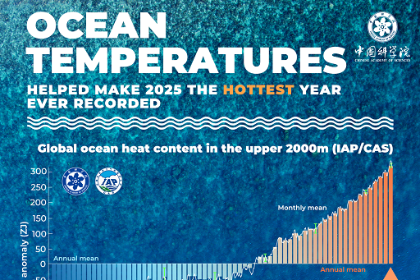Pandemic and recovery present challenges to logistics and transport


The COVID-19 pandemic has spread rapidly across the globe, creating an unprecedented situation. It has put many lives at risk, disrupted the global economy and changed the way people work and live. This global crisis is likely to be one of the most severe ever recorded, but its impact differs by industry.
According to PwC's Transport and Logistics Barometer in January 2021, due to the industry's dependence on other industries, trends in transport and logistics mirror those in global economic activity. Freight transport and logistics have been comparatively robust on average, yet there are major differences within its subsectors. Passenger transport, in contrast, has suffered huge declines in all subsectors and is possibly one of the hardest-hit industries.
COVID-induced lockdown measures as well as safety concerns have stimulated the use of e-commerce, thus boosting the Courier, Express and Parcel market considerably. The cold chain market is being driven by a growing online food market and demand for chilled and frozen foods.
The scale of China's real-time delivery market has reached hundreds of billions, with more than 400 million users. According to the China Federation of Logistics and Procurement, the number of users in China's real-time delivery market increased from 124 million to 421 million from 2014 to 2019, with a compound annual growth rate of 27.69 percent . During the same period, the size of China's real-time delivery market increased from 11.03 billion yuan to 31.26 billion yuan, with a CAGR of 64.10 percent. In 2020, it is expected that the number of users and market size of China's real-time delivery market will reach 482 million and worth 170.08 billion, respectively, with a year-on-year increase of 14.49 percent and 29.57 percent, respectively.
The main drivers for the growth of the real-time delivery market are twofold. During the pandemic, due to the need to stay home, residents' online purchase demands for food delivery, fresh and daily necessities have increased significantly. After experiencing the convenience of real-time delivery service, consumers' online purchase habits have strengthened. E-commerce has also maintained rapid development. During each e-commerce shopping festival, order volume surges and express companies cannot fully digest it. There is a large demand, and real-time delivery riders can be a supplement to the capacity of express companies.
The categories of real-time delivery are also expanding from food delivery to fresh fruits and vegetables, flowers, cakes, medical drugs, document delivery and other areas. At present, food delivery is still the largest category in the real-time delivery market. In terms of order volume, Meituan and Ele.me account for about 98 percent. Meanwhile, the proportion of other sub-categories is gradually expanding. Food delivery orders accounted for 81 percent in 2018, and dropped to 70 percent in 2019, while orders for fresh fruits and vegetables, groceries, fresh flowers and cakes increased, accounting for 12 percent , 10 percent and 5 percent respectively.
From an economic perspective, 2020 has been the most devastating year in air transport history since World War II, with COVID-19 causing a total net loss to the airline industry of almost $119 billion. However, domestic air travel in China recovered early, and will catch up to pre-crisis levels toward the last quarter of 2020.
China and countries abroad started vaccination programs in mid-December 2020 and newly diagnosed worldwide COVID-19 daily cases has dropped from the peak of 800,000 cases to less than 300,000 cases. Currently, the progress and coverage of vaccination programs have exceeded expectations, and all the major China domestic airlines are expected to have relatively high recovery potential as the coverage of the vaccination programs in the United States and United Kingdom continues to expand.
The National Health Commission reported no new locally transmitted COVID-19 cases since the end of February. If this trend continues, the pandemic will be basically controllable by the end of 2021. Air transportation in spring of 2022 is expected to resume or even exceed levels in 2019.
World trade is showing signs it is beginning to recover from the collapse caused by COVID-19. China's GDP grew by 2.3 percent in 2020 and is targeting to grow by at least 6 percent for 2021. The IMF October 2020 World Economic Outlook report projects that the global economy will grow by 5.2 percent in 2021 after shrinking by 4.4 percent in 2020. It shows positive growth rates for 2021, but most businesses ─ particularly in passenger transport ─ may continue to face far-reaching challenges and high uncertainty.
The challenge of distributing vaccines worldwide is causing some to speak of the systemic importance of logistics. With an estimated 271 million vaccine doses per month, the global vaccination campaign is an unprecedented, mammoth task – not only for national health systems, but also for the logistics industry. Major challenges include securing transport and storage capacity and refrigeration of the vaccines, continuous traceability, protection against tampering and theft and disposal of medical equipment. Many companies have already made corresponding investments. The global vaccination campaign is becoming a litmus test for pharmaceutical and cold chain logistics.
Alan Ng is a Partner and the Chinese mainland & Hong Kong Transportation & Logistics Leader at PwC. Tenghan Lim is a Senior Manager of the China Transportation & Logistics Sector at PwC.
The opinions expressed here are those of the writer and do not necessarily represent the views of China Daily and China Daily website.

































